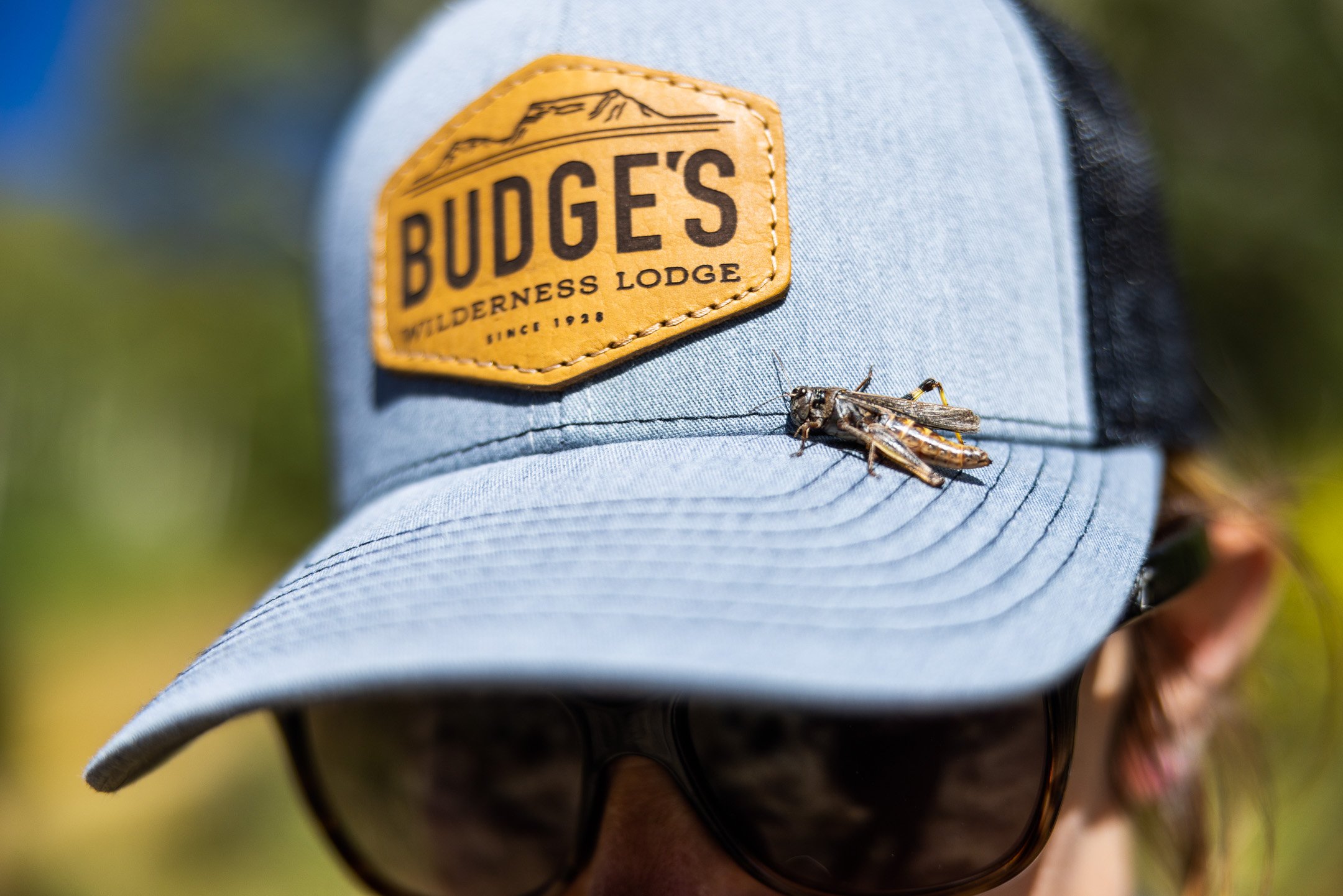Fly Fishing Through The Seasons - Tips for Fly Selection
As rivers and water levels change throughout the fly fishing season, so do the available food sources for trout. Whether you’re fishing high alpine waters here in the Flat Tops Wilderness, or a larger body of water at lower elevations, you can expect seasonal change. And therefore, different flies will be hot throughout each part of the season.
With those changes, anglers should be prepared for changes in fly patterns, and even the size of flies they are fishing. And while every stream has its own nuances, there are some general rules that apply no matter where you’re fishing.
As you think about your seasonal fly selection, here are some tips to remember…
Spring Ice Off to Run Off
When rivers begin to thaw out in the spring, there is a period of time where the water is very cold. The fish are moving slowly and are concentrated in slow, deep pools. But they are also hungry. Get your flies down to their level and success is likely.
In these situations, fast-sinking flies that get down into the zone quickly are a good choice. Classic prince nymphs, stonefly nymphs and buggers dead drifted or moving slowly will get the job done. Smaller nymphs with some flash work well also. Czech nymphs, perdigons and other fast-sinking bugs are deadly, especially when the bigger bugs aren’t working.
As the water warms and moves closer to runoff, stick to the stoneflies and prince nymphs but mix in egg patterns and San Juan worms. They catch trout pretty much everywhere during the higher water season.
Lastly, keep a lookout for cloudy days and have some dry flies handy. Parachute Adams and other Blue Winged Olive imitations are great when the spring hatches occur and bring trout to the surface. This can even occur during a light snow when the humidity raises enough to trigger these spring mayflies.
Here at Budge’s Wilderness Lodge, our fly fishing season doesn’t begin until the end of June. By that time, the water is still high, but runoff has already peaked. Therefore, anglers during the early part of our season will do well with mayfly imitations like Parachute Adams along with small stoneflies on the surface. Below the surface, consider fishing weighted stoneflies or perdigon style flies that sink quickly in fast water. Especially when fishing small pocket water, flies that immediately get down into the strike zone have a big advantage.
The Swings of Summer
On many rivers, summer brings the opportunity to cast big, foam dry flies, starting with salmonflies and then hoppers. During the early stages of summer, golden stoneflies are common and dry fly patterns like stimulators are very effective. Running a prince nymph, pheasant tail, San Juan worm or general Czech style nymph will double the odds as well.
By July, caddis and yellow sallies take over, calling for smaller dries and nymphs. Specific mayflies like PMD’s, green drakes and others are also present. A yellow parachute Adams style fly will cover both the PMD’s and yellow sallies, working double duty. Otherwise, an elk hair caddis or stimulator will cover you on the surface.
Once August hits, grasshoppers appear and terrestrial patterns are a great option. Small streams in the mountains have shorter seasons and they are perfect for fishing grasshopper and ant patterns.
Here in the Flat Tops Wilderness area, hoppers, stoneflies, caddis and mayflies are all present throughout the summer at these high elevations. With that in mind, any pattern that can represent more than one type of bug is a good choice. For example, a Stimulator might act as a small hopper, a caddis or a stonefly. A Yellow Humpy might fool trout as a PMD or a yellow sally. Below the surface, general attractor patterns are effective as well. We love fishing soft hackles, Copper Johns, Hare’s Ears and Prince Nymphs all summer long.
Big or Small in the Fall
When fall arrives, water temperatures drop and the fish know their time to grow and pack in the calories is running out. This is a great time to fish streamers as the fish are feeling opportunistic. Buggers and muddlers make great fall patterns and they can dart and swim through shallower fall flows. Hopper action can continue through the fall and October caddis are active in some rivers so keep a few orange stimulators handy.
Fall is a good time to experiment and be a bit more aggressive. Some of the largest fish around show up during the fall months. When things start freezing and the first few storms arrive, fish move back into the slower water until full winter shuts things down again.
If you’re visiting Budge’s anytime after Labor Day, be ready for variable weather and fishing conditions. If it’s still warm and sunny, hopper-dropper rigs will be the ticket. But cold weather and even snow are possible anytime. When we get these weather changes, the fishing can still be excellent. But it will be time to focus on fishing softer water and deep pools with those small mayflies and fast-sinking nymphs that we used to begin the season.
Wilderness Fly Fishing Trips
Interested in learning more about horseback fly fishing adventures? You can find lots of information on our Fishing Page. Otherwise, you can call or text us anytime at 970-536-1341. Or, contact us online.


